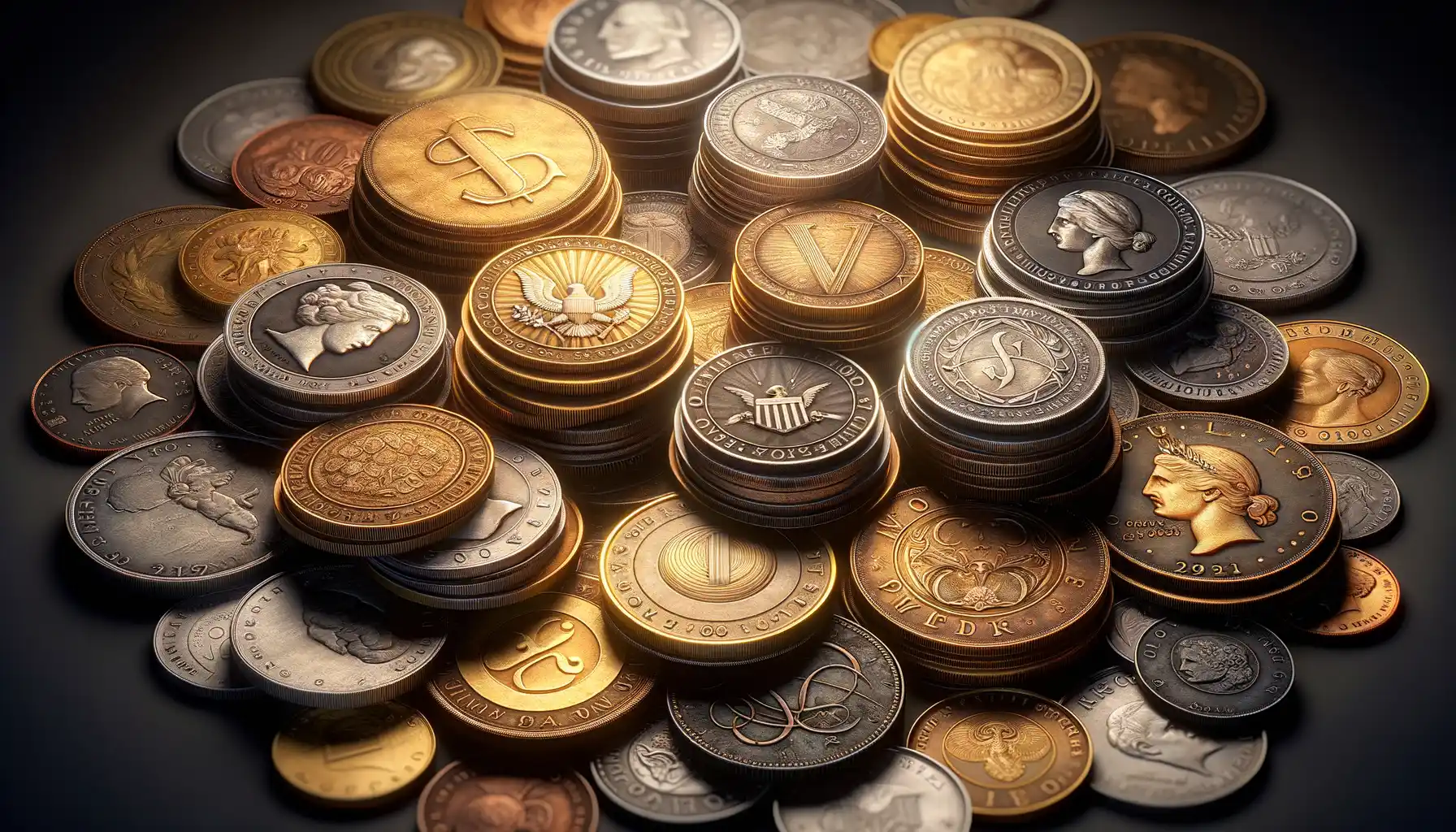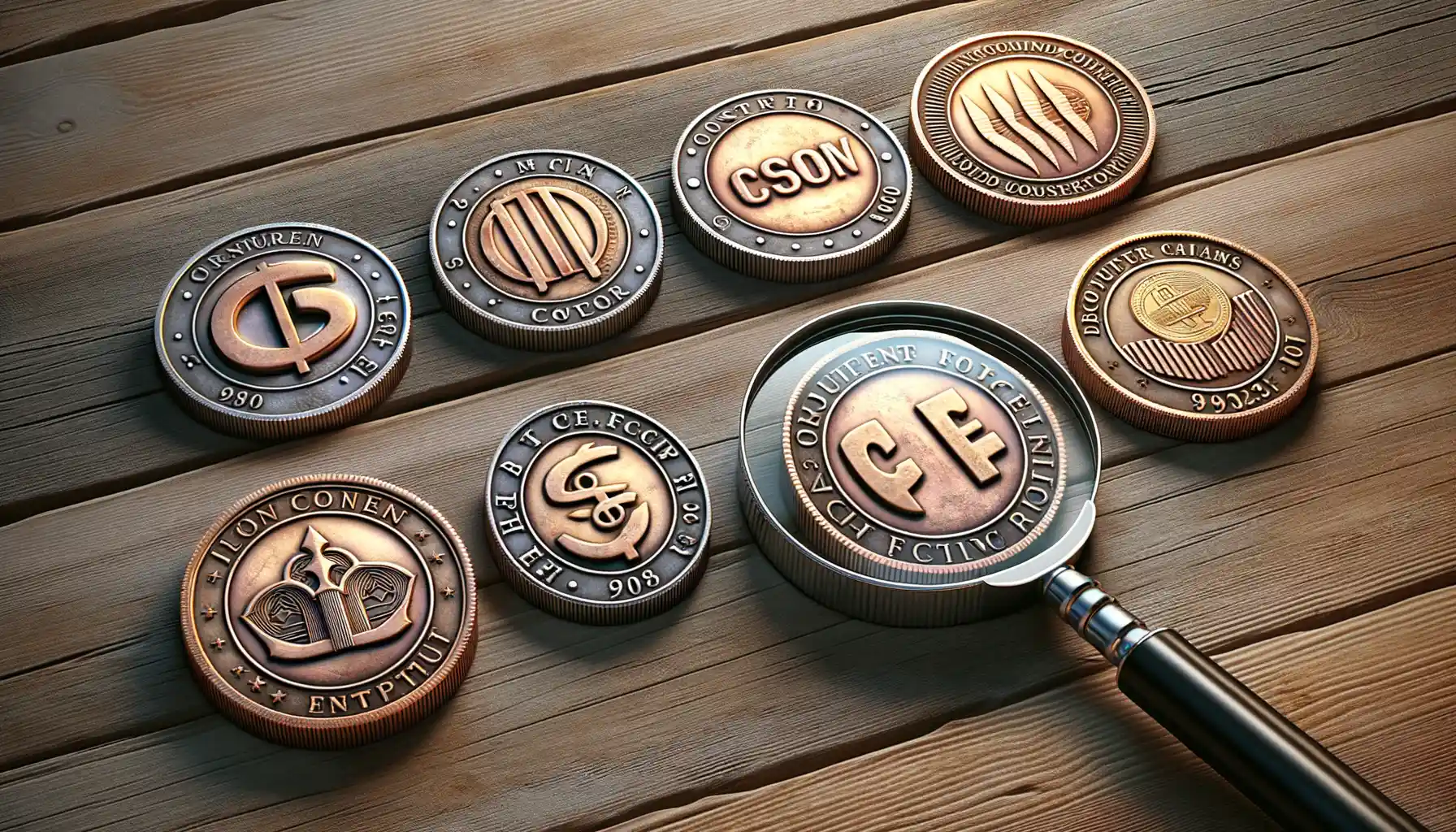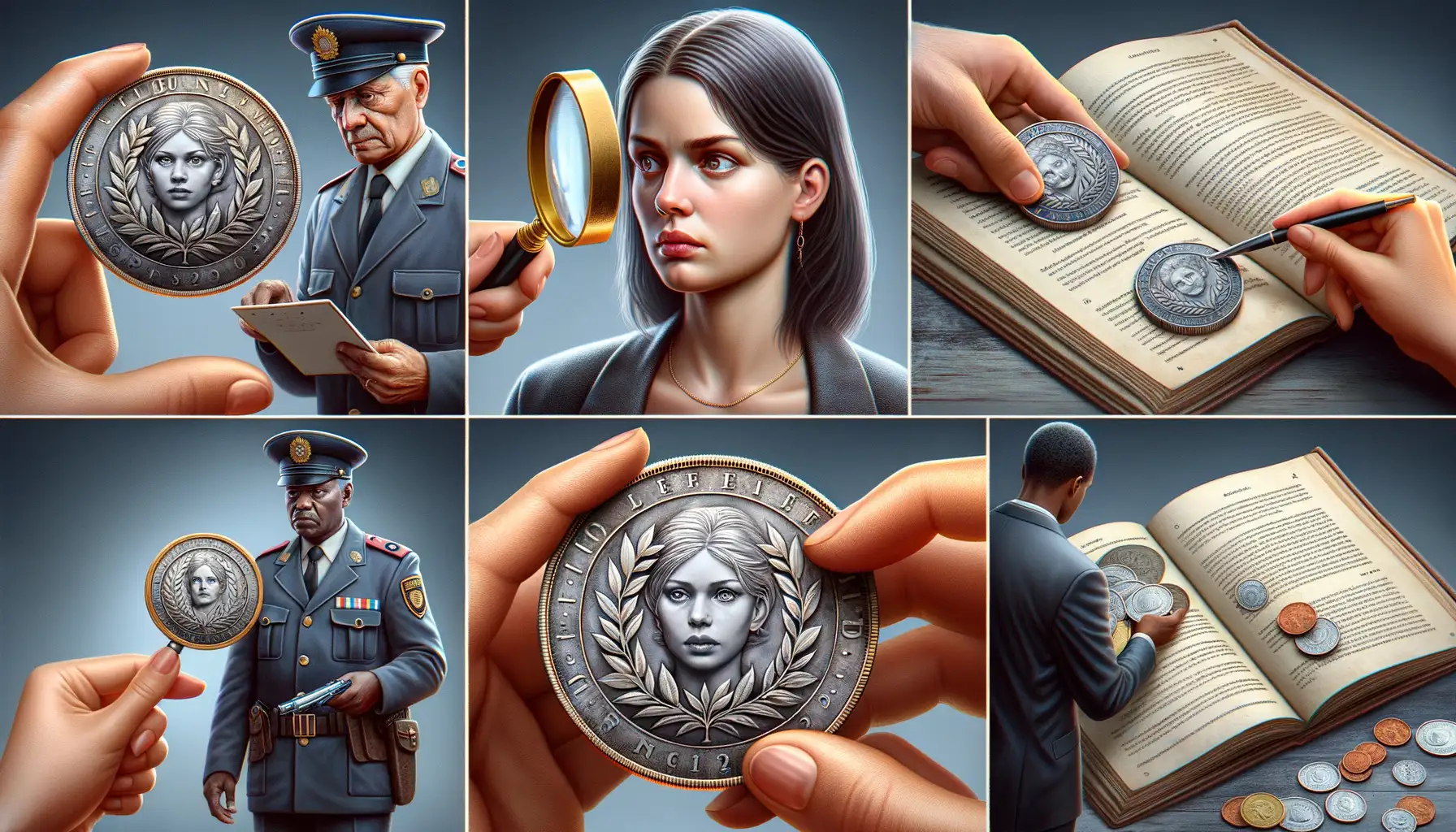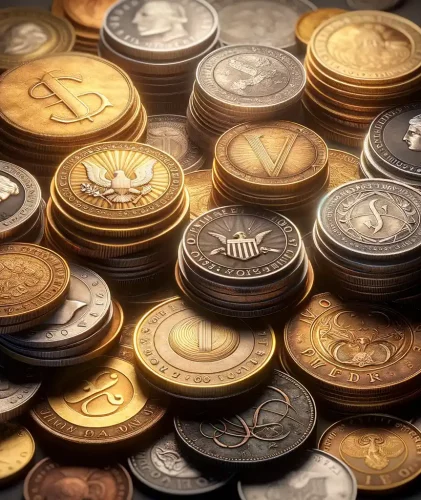Understanding the Basics of Counterfeit Coins
What Exactly Are Counterfeit Coins?
Imagine holding a coin that feels wrong—a little too light, a strange edge, an off-center design. That sinking feeling in your stomach? It might just be a brush with a counterfeit coin. Counterfeit coins are essentially fakes—cleverly crafted imposters designed to look like the real deal but lacking the authenticity and craftsmanship of legitimate currency.
These forgeries have been around for centuries, from poorly stamped ancient coins to today’s shockingly realistic replicas. And no, it’s not just modern mass-market counterfeits you need to worry about; even historic coins have their imposters. Some are created to deceive collectors, others to fool less vigilant shops or banks. Either way, knowing what’s out there is key.
Why Understanding Counterfeits Matters
Building a coin collection is like curating a personal gallery of history. But imagine spending years—and a small fortune—only to discover a prized piece is a forgery. Heartbreaking, isn’t it? By learning the basics of counterfeit coins, you’re protecting your investment and passion.
Here’s what makes counterfeits tricky:
- They may use base metals like zinc or copper instead of valuable silver or gold.
- Design flaws can be nearly invisible without careful inspection.
- Artificial wear might mimic genuine aging patterns—but only up to a point.
The more you know, the sharper your instincts will become.
Physical Characteristics to Examine on Coins

Inspect the Coin’s Edge and Surface Details
Take a closer look at the edges of your coin—this often-overlooked detail can tell a story as vivid as its face! Genuine coins typically have uniform reeding or smoothness along their edges, depending on their design. Uneven edges, chipped rims, or blurry details are bright red flags waving “counterfeit.”
Now, glide your finger over the surface. Does it feel too smooth or strangely rough? Authentic coins achieve their polished look from precision minting, while fakes may lack that crisp, clean finish. Examine the tiniest details: the grooves of a portrait’s hair, the wrinkles in a robe, or even the sparkle of fine lettering. Counterfeiters often skimp on these nuanced features.
Check Size, Shape, and Weight
When it comes to coins, size truly matters! Use a caliper or a delicate touch to measure your coin against known dimensions of the original. Sometimes, counterfeiters get careless, producing coins that are slightly too wide, narrow, or oddly shaped.
And don’t forget weight! Even the smallest difference can give away a fake. Here are some common inconsistencies to watch out for:
- A slightly heavier or lighter coin than expected.
- Weird balance when flipping the coin in your hand.
Subtle adjustments stand out like a sore thumb.
Tools and Techniques for Detecting Counterfeit Coins

Sleuth-Worthy Tools for Your Coin Detective Work
Detecting counterfeit coins is like being a treasure hunter with a magnifying glass—only instead of searching for gold, you’re hunting for the truth. Arm yourself with the right tools, and no imposter coin stands a chance against your expertise.
One of the most essential items in your toolkit? A high-quality magnifier, such as a 10x loupe. This handy gadget allows you to examine minute details like mint marks, die patterns, and edge reeding. Missing or poorly struck details? You might just have a forgery on your hands!
Next up: a precise digital scale. Coins have very specific weight standards. If a supposedly silver dollar feels suspiciously light—or too heavy—it could be an alloy pretender. Pair this with calipers to measure the coin’s diameter and thickness accurately.
- Magnetic tests: Genuine coins of non-magnetic metals won’t attract magnets. But counterfeits made with cheap magnetic cores? Busted.
- UV light: Some counterfeiters leave traces of fluorescent brighteners on their “masterpieces.” A quick UV scan can expose these telltale signs.
For the tech-savvy collector, coin authenticator apps and handheld spectrometers are the Sherlock Holmes of modern detection. With these tools, you can analyze a coin’s metal composition—and silence doubts in seconds.
Common Types of Counterfeit Coins and How to Spot Them

The Sneaky World of Cast Counterfeits
Imagine holding a coin that feels just a bit… off — like shaking hands with someone wearing gloves. That’s often the signature of a cast counterfeit. These coins are created by pouring molten metal into a mold. Sounds simple, right? But the result is rarely perfect. Look for telltale signs like:
- Pitted surfaces: Tiny bumps or holes, as if the coin’s had a bad case of chickenpox.
- Blurry details: The edges of letters or designs may be fuzzy, not sharp.
- Weight issues: Pick it up! Cast coins are often lighter or heavier than genuine ones.
Sometimes, you’ll even spot a faint seam around the edges where the mold halves connected — the equivalent of a poorly hemmed garment.
Altered Coins: A Masterclass in Coin Surgery
Now, here’s a fun one — altered coins. Think of these as Frankenstein coins, pieced together from real parts. A lower-value coin might be reshaped, engraved, or even plated to fool collectors into thinking it’s something rare. For instance, a common coin could be smudged and re-engraved to “mimic” a date from a rarer minting year.
Spotting these fakes requires eagle eyes. Pay attention to:
- Color inconsistencies: A coin might have mismatched shades if new plating was added.
- Unnatural wear patterns: If one part of the coin looks oddly untouched while others show heavy wear — red flag!
It’s all about treating every coin like a mystery waiting to be unraveled. What story does its surface tell? Look closely, question everything, and trust your instincts!
Steps to Take if You Identify a Counterfeit Coin

What to Do When a Coin Isn’t What It Seems
Finding a counterfeit among your cherished collection can feel like discovering a crack in what you thought was a flawless diamond. But take a deep breath—this is your moment to act, not panic. Here’s how you can confidently move forward.
- Quarantine the Suspect: Set the counterfeit coin aside, away from your genuine pieces. Think of it as isolating a potentially bad apple that could damage the whole basket—metaphorically speaking, of course. Use a labeled container to ensure no mix-ups.
- Document Your Findings: This is where your inner detective shines. Jot down every detail about the coin—where and when you acquired it, plus the traits that flagged it as fake. Snap clear photos from multiple angles; they’ll be your evidence if a deeper investigation is needed.
- Consult an Expert: Not sure if you’re 100% right? Reach out to a professional appraiser or a numismatist you trust. Their trained eye may uncover details you missed or confirm your suspicions.
Reporting and Next Steps
If you verified the coin as counterfeit, don’t let the story end there. Report it. Depending on the source, this could mean contacting the seller, marketplace platform, or even law enforcement if fraud is involved. Fakes hurt the entire collecting community, so consider this step your contribution to protecting others.
Also—and collectors often overlook this—decide what to do with the phony coin. Some choose to keep counterfeits as reference material to sharpen future skills. Others prefer to dispose of them entirely. Either way, make the choice that brings you peace of mind.

